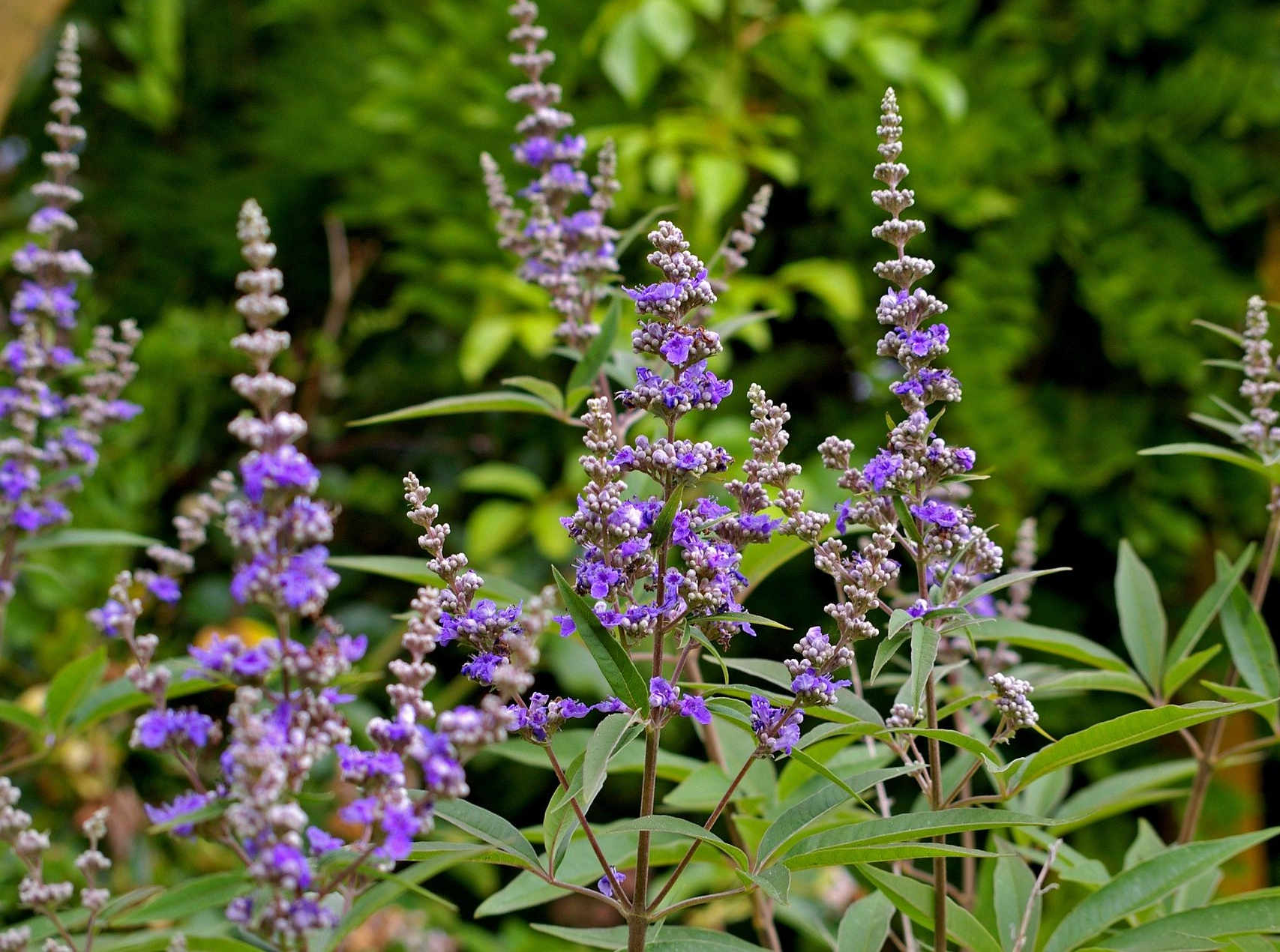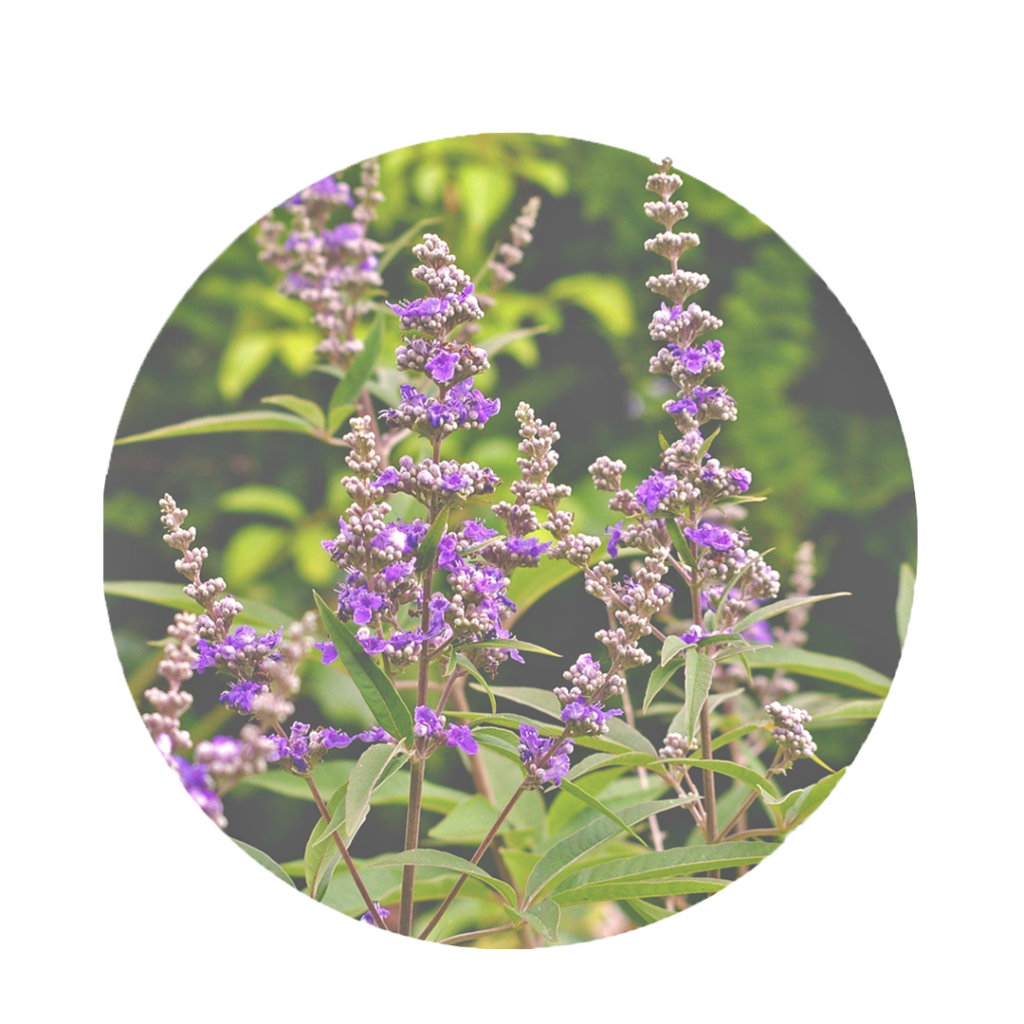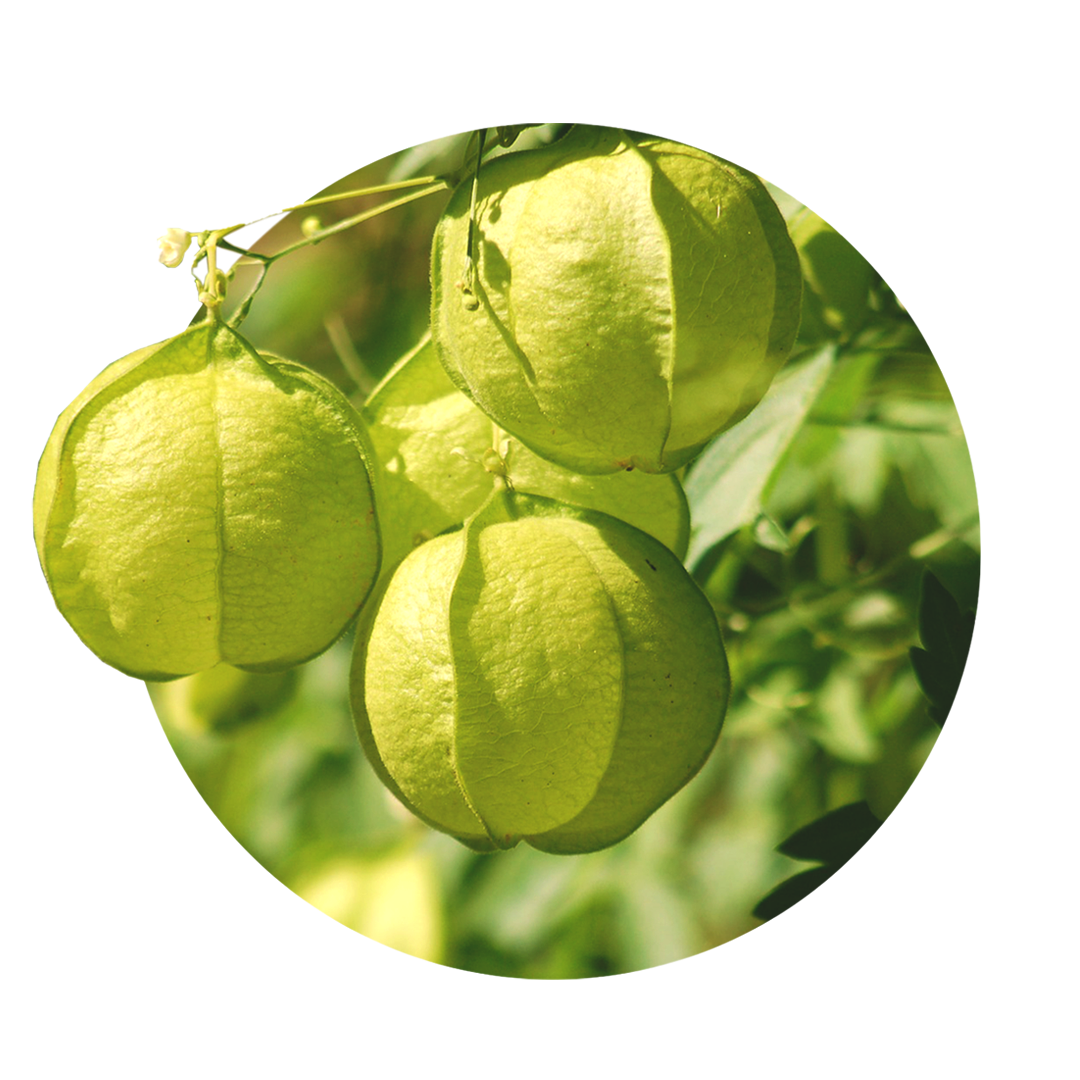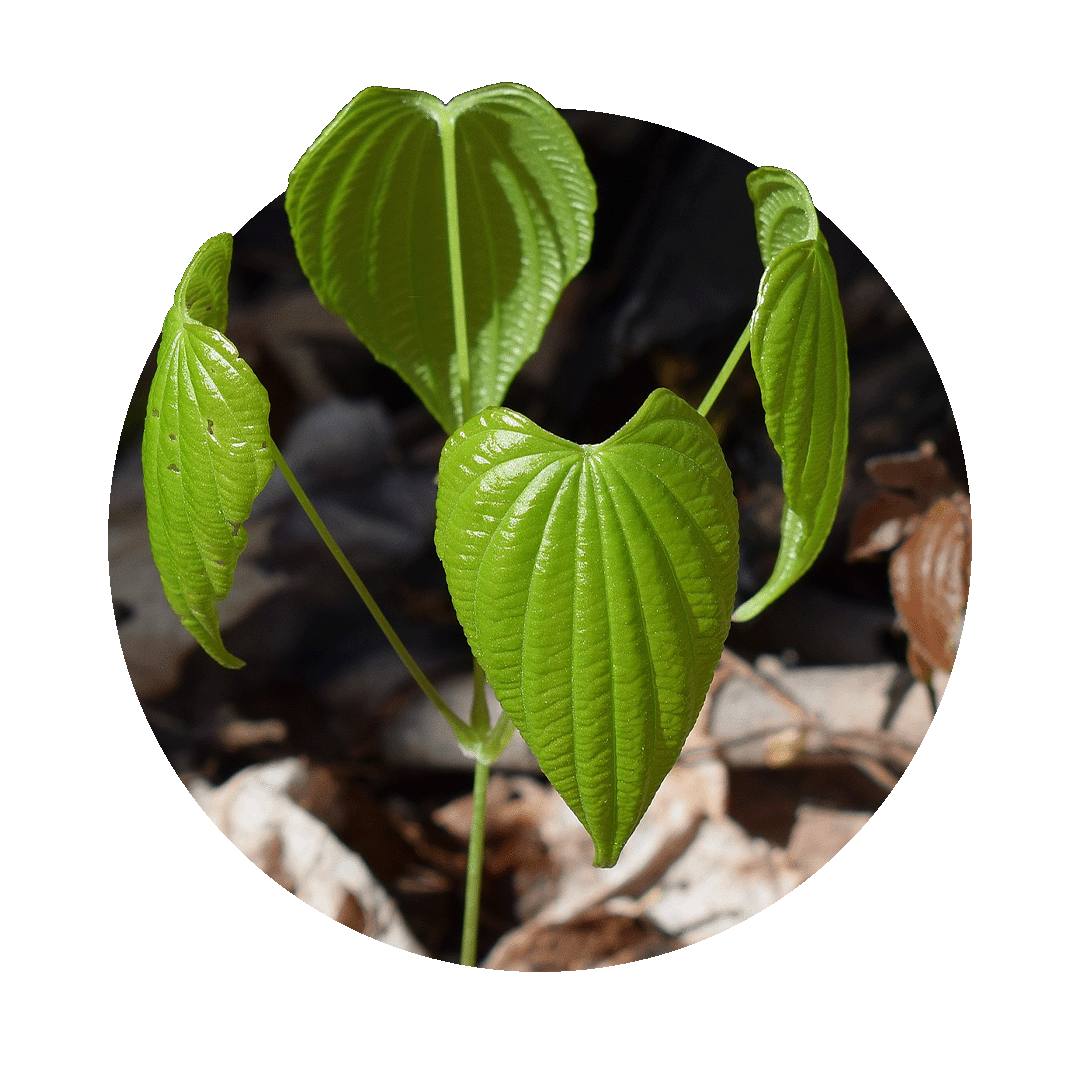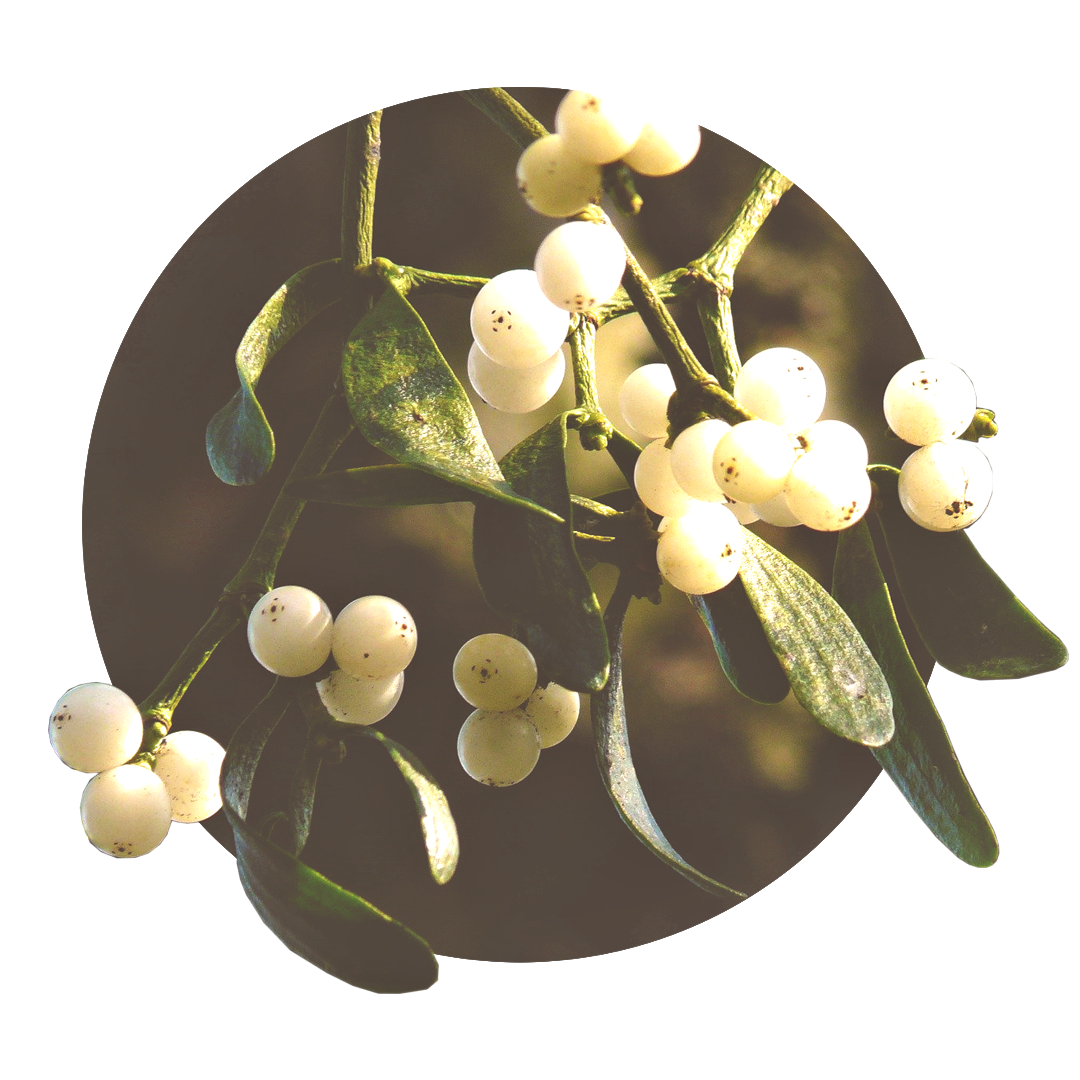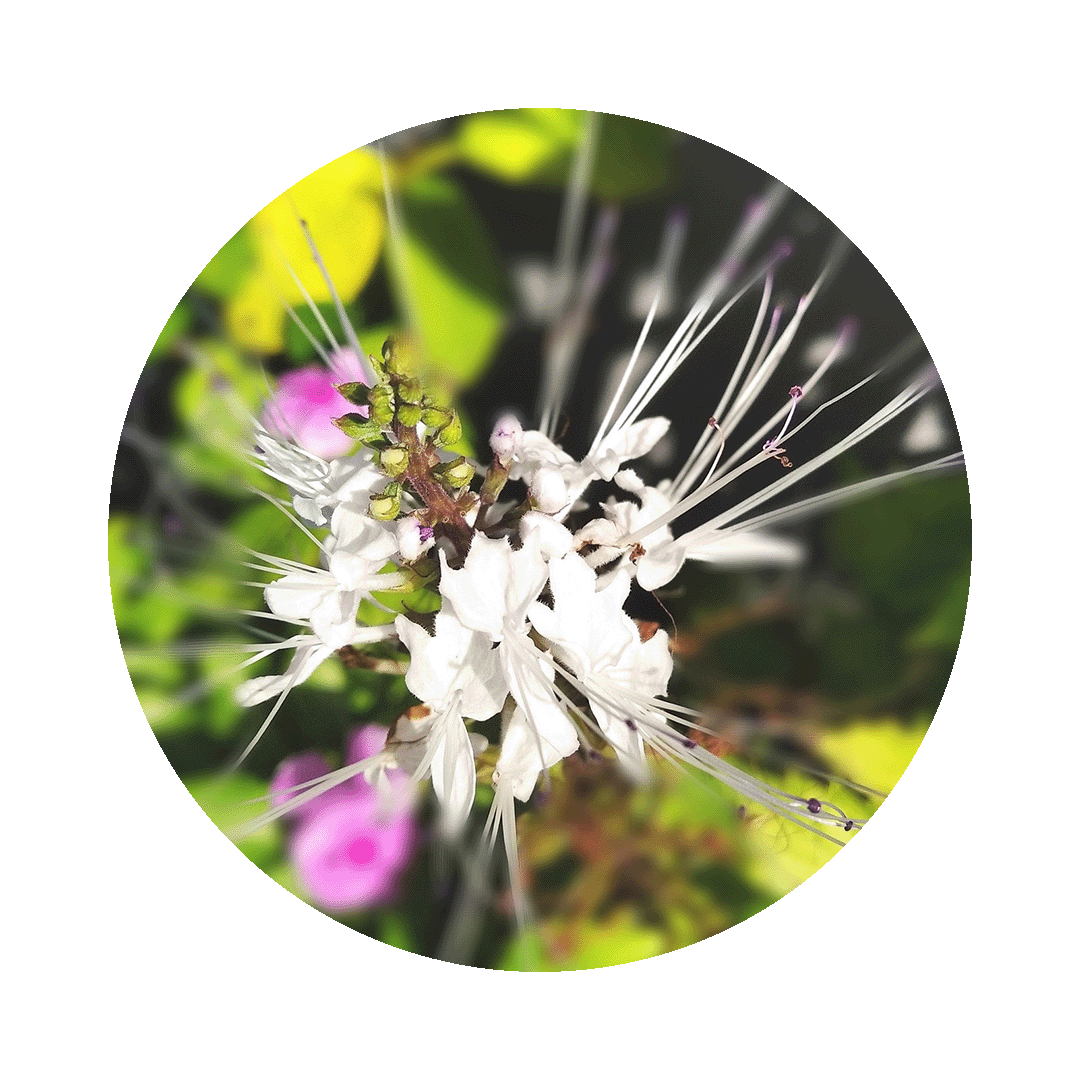Monk's pepper: from the monastery to gynecology
Today, chaste mud is mainly used for the treatment of hormone-related disorders such as some forms of acne, menstrual cramps, PMS, menopausal symptoms and breast sensitivity. However, the plant also plays a prominent role in practice in cases of infertility. The greatest strength of the plant lies in its balancing effect on various important hormones. Monk's pepper is thus able to influence your entire hormonal system in a gentle way. Everything you need to know about this power plant, how the plant is used today in medicine, how to dose it and what you need to pay attention to we tell you in this article.
Monk pepper facts
Did you know that...
... monk's pepper is also called chaste mud because it is said to keep chaste like lambs?
...chaste mud used to be taken by monks in monasteries because in high doses it dampens lust?
...the monk pepper bears red-black fruits that visually resemble peppercorns?
...the fruits taste similar to tart herbs (e.g. rosemary, lavender or thyme)?
What is monk's pepper?
Monk's pepper, often called chaste mud is one of the great remedies of gynecology. It belongs to the botanical family of labiates. The plant grows shrubby and grows up to 5.0 meters high. In the Middle Ages, the plant was brought from southern Europe to monasteries to be cultivated as a remedy for sexual desires. Its spike-shaped, fragrant flowers usually charm with an intense purple color. However, they can also be pink, white or blue. Today, monk's pepper is one of the most popular hormonal remedies in natural medicine.
General and healing properties of chaste mud
Hormonal agent
Monk's pepper is one of the 5 great hormonal remedies of herbal medicine
Healing power at harvest time
The highest healing power develops monk's pepper at harvest time in autumn
Leaves and fruits
Used leaves and fruits, which are harvested and processed in autumn
Helpful for
Acne, menstrual cramps, PMS, menopausal symptoms, breast sensitivity and childbearing.
Monk's pepper: ingredients
The leaves and (mostly) fruits are used. Due to the different effect at different dosages should be used ready-made preparations or special pharmaceutically prepared mixtures and strictly according to prescription. The ingredients have a hormone-like effect. Too high dosages make frigid.
You will find the following ingredients in chaste mud:
- Iridoid glycosides
- Iridoid glycosides Agnuside
- Iridoid glycosides Aucubin
- Flavonoids
- Flavonoid isovitexin
- Essential oils
- Diterpenes v. a. Vitexilactone
- Greasy oil
- Flavonoid casticin
- Flavonoid orientin
Monk's pepper: effect for body and mind
Agnus castus is a great remedy. Even Hippocrates referred to its good effect on women's ailments. Many female patients suffer from symptoms of the so-called premenstrual syndrome, i.e. complaints that occur before the onset of menstruation. These can be mood swings, headaches, ravenous appetite, water retention, weight gain or abdominal pain. Due to its complex action, Monk's Pepper can both relieve your physical symptoms and lift your mood!
Its actual mechanism of action has not yet been conclusively researched. However, it is known that it balances estrogens and progesterone, and influences various hormones of the brain metabolism. Among other things, it lowers prolactin levels and increases the release of FSH and LH in the pituitary gland.
Properties of monk pepper
- Hormone regulating
- Hormone stimulating
- Menstruation regulating
- Physically strengthening
- Psychologically strengthening
- Sexually strengthening
Fields of application in naturopathy
As one of the TOP 5 hormonal remedies, monk's pepper shows a good effect in all areas of application with hormonal reference. Especially the connections and interdependencies between hormonal aspects and physical/mental symptoms make the application areas of chaste mud even larger than those of classical gynecology.

Monk's pepper for acne
Hormonal acne often occurs during puberty, but then disappears. With later hormonal fluctuations, acne can reappear. Monk's pepper can be a great help for you here!
Monk's pepper for breast sensitivity
The breast sensitivity can go so far that even the T-shirt hurts. A bra is out of the question. Here Agnus Castus as a power plant is often used successfully. The sensitivity is caused by disturbances on the hormonal level. Monk's pepper regulates this disturbance and the sensitivity disappears.
Agnus Castus for menstrual cramps
The same applies to pain during the period as to pain before the period. They are often very unpleasant and affect the quality of life and self-perception of the affected women. Monk's pepper regulates the estrogen-progesterone ratio and thus provides relaxation during the period.
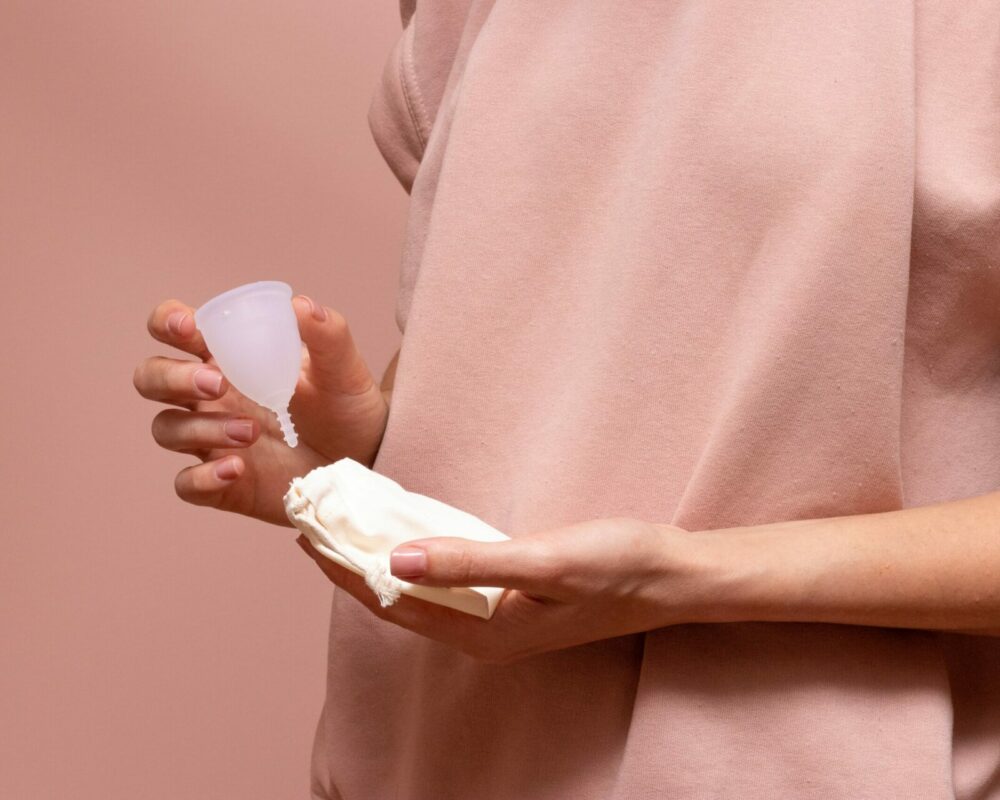
Monk's Pepper for PMS (Premenstrual Syndrome)
Premenstrual syndrome, or PMS for short, is often mentioned in connection with periods. PMS usually appears about two weeks to shortly before the start of menstruation. It comes hand in hand with physical & psychological symptoms. PMS costs many women a lot of quality of life month after month. It brings discomfort, complicates relationships and clouds the mood. Monk's Pepper is the light at the end of the dark tunnel and brings you back to your center.

Monk's pepper for menopausal symptoms
Again, the symptoms are very related to those of PMS. Many women additionally complain of unpredictable sweating, nervousness, hair loss and malaise. This, coupled with stress, not infrequently affects sleep patterns. Monk's pepper can also help here to bring your hormone balance a little more into balance.
Monk's pepper for infertility
A topic that is unfortunately becoming more and more topical. The desire is there, the longing is great, but it just does not want to work. The hormonal-regulatory effect of monk's pepper has often provided a small miracle and completed the family.
Notes on the use of chaste sludge
Monk's pepper is available in a wide variety of dosage forms. What they all have in common is that attention should be paid to the correct dosage for the respective complaints. For menstrual cramps, 40 mg of monk's pepper extract should be taken daily. This also applies if fertility is to be increased. During menopause, the dosage can be somewhat higher and up to 80 mg can be taken daily. In this case, however, the patient concerned should talk to her gynecologist beforehand and strictly follow the package inserts. Monk's pepper generally causes hardly any side effects, although skin rashes, gastrointestinal complaints or a tightening in the chest rarely occur. This is often due to an overdose.
Monk's pepper during pregnancy and lactation
Monk's pepper should not be taken during pregnancy and lactation. Due to its inhibition of the hormone prolactin, milk production is reduced.
Agnus Castus for endometriosis or breast cancer
Endometriosis and breast cancer should also be avoided. Both diseases can have a hormonal cause. Monk's pepper could possibly intensify these.

Get your monk's pepper complex now and harness the healing power of Vitex Agnus castus
Monk's pepper complex
100% Monk's pepper for spraying!
24,99€
incl. VAT, base price: 24,99 € / 30ml
Use the healing power of chaste mud and our 100 other medicinal plants to naturally alleviate your ailments. Improve your well-being and support your body, mind and soul! With the help of our Configurator Your personal spagyric spray that is tailored to your needs and accompanies you on your natural path to improving your body, mind and soul.

